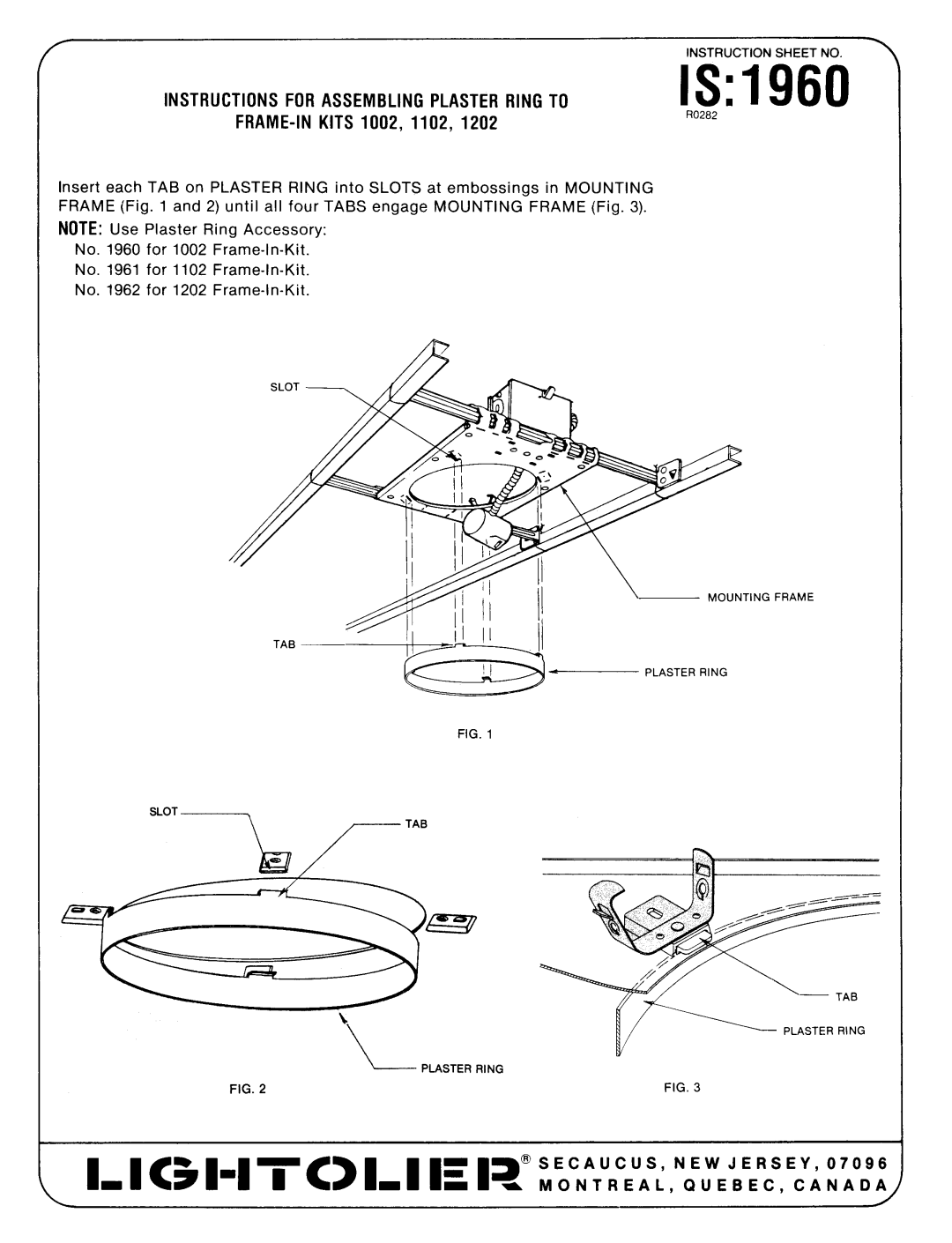1960 specifications
Lightolier, a renowned name in the lighting industry, made significant strides in the 1960s, capturing the essence of design innovation and technological advancement. The year 1960 marked a pivotal moment in the evolution of lighting solutions, with Lightolier emerging as a leader in creating fixtures that combined form and function.One of the main features of Lightolier products in 1960 was their focus on modern aesthetics. The company embraced the contemporary design trends of the time, which favored clean lines, geometric shapes, and minimalistic forms. Lightolier fixtures were not just sources of illumination; they became integral elements of interior design, enhancing the overall ambiance of residential and commercial spaces.
The technological innovations introduced by Lightolier during this period were groundbreaking. They pioneered the use of recessed lighting, which became a popular choice in homes and offices. This design allowed for fixtures to be installed within the ceiling, providing a sleek, unobtrusive look while maximizing available space. Additionally, Lightolier's advancements in reflector technology helped to improve the efficiency of light distribution, creating more effective lighting solutions that reduced energy consumption.
Lightolier was also at the forefront of incorporating fluorescent lighting into their product lines. This technology was celebrated for its energy efficiency and longevity compared to traditional incandescent bulbs. The use of fluorescent lights allowed Lightolier to create fixtures that provided bright, even illumination while minimizing heat output, making them ideal for various applications.
Another characteristic of Lightolier's offerings in 1960 was their versatility. The company designed fixtures suitable for both residential and commercial use, allowing customers to find solutions tailored to their specific needs. From elegant chandeliers for dining areas to functional task lighting for workspaces, Lightolier’s range showcased adaptability and creativity.
In conclusion, Lightolier's contributions in 1960 significantly shaped the future of lighting design and technology. By prioritizing modern aesthetics, leveraging innovative technologies, and offering diverse solutions, Lightolier established itself as a pioneering force in the lighting industry. The legacy of their 1960 products continues to influence contemporary lighting design, reminding us of the importance of blending functionality with style.

